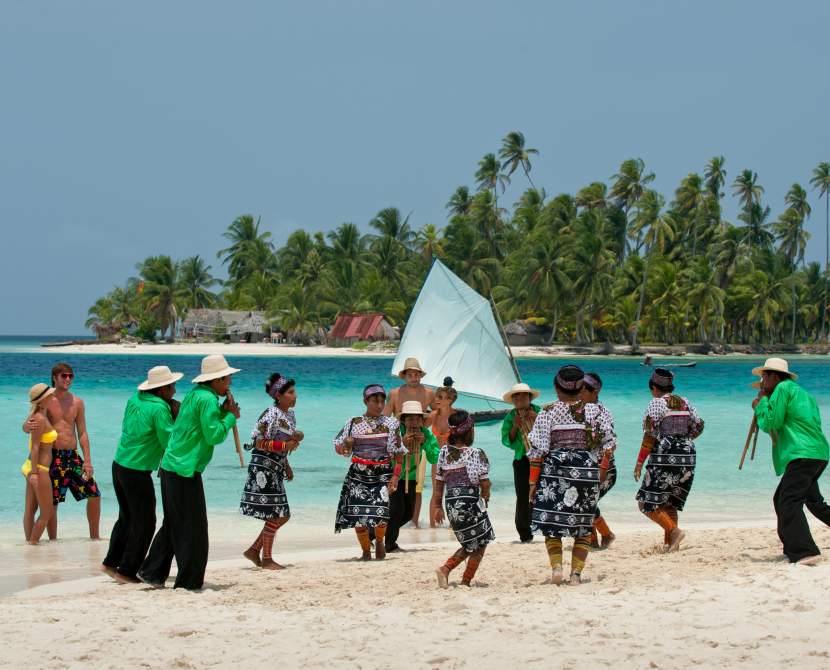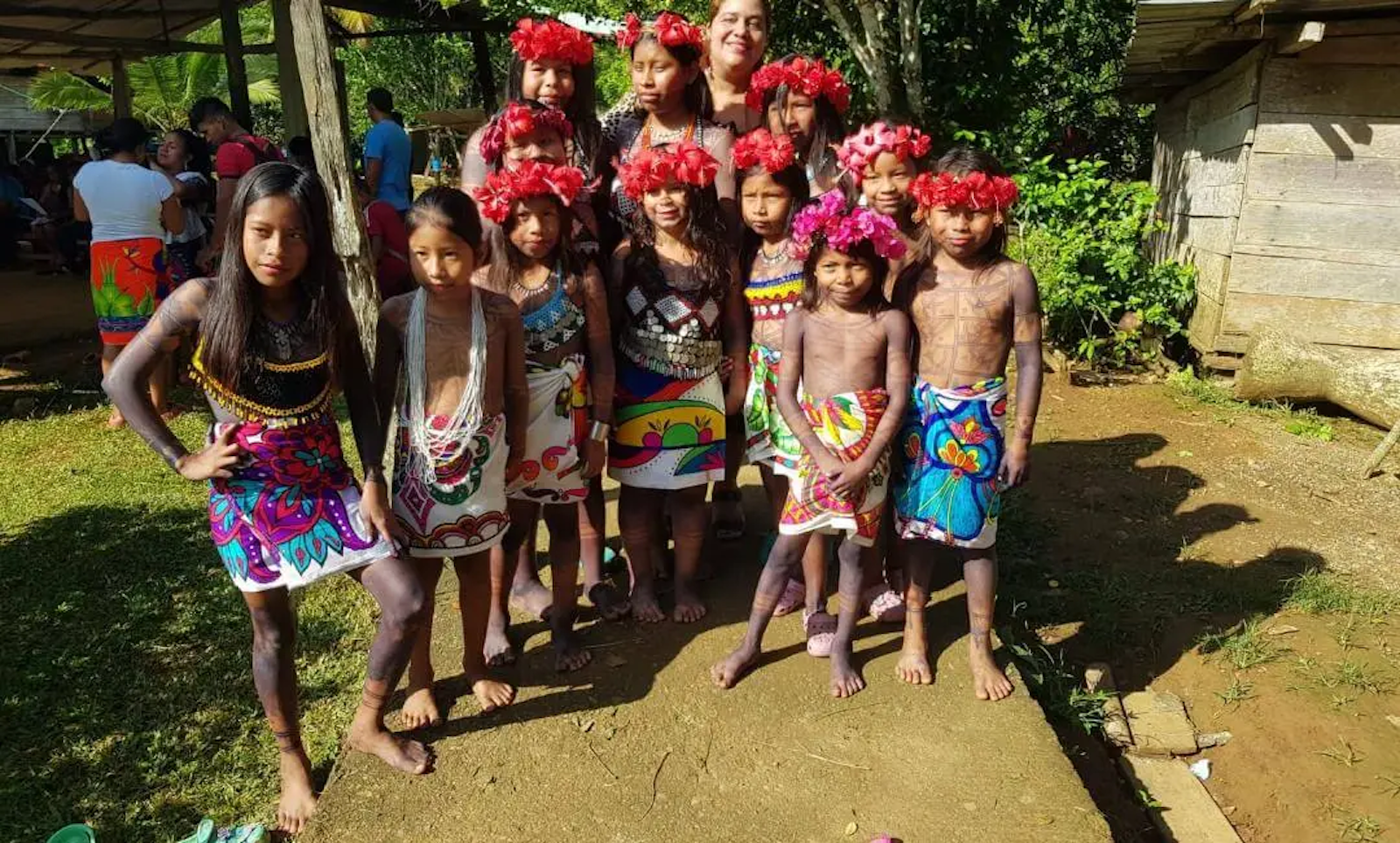Indigenous Culture in Panama
By Ana Cetina, Jul 6, 2023
INDIGENOUS CULTURE IN PANAMA
When we read about the indigenous people of America, we typically read about the natives from the United States, the Incas, Mayas, Aztecas, or Olmecas. But there are other indigenous tribes in America that are less well-known, such as the indigenous people of Panama.
Panama’s indigenous peoples contribute significantly to the richness and complexity of the nation’s unique cultural tapestry. Due to the presence of more than seven different aboriginal groups within its borders, Panama presents a rare opportunity to discover and appreciate the lively traditions and rituals of these ancestral societies.
Among the well-known indigenous groups that call Panama home are the Ngäbe-Buglé, Emberá, Guna, Wounaan, Naso, Bri-Bri, and Teribe.
Each group preserves and transmits the wisdom of their ancestors through the generations by speaking their own language, wearing their dress and practicing a more natural way of life.

These native communities have a strong bond with nature and have a thorough awareness of the surrounding ecosystems. They adopt sustainable practices, using age-old methods for farming, fishing, and gathering materials from the rich forests and fertile fields. They live in harmony with the land.
Indigenous cultures place a high value on art and workmanship, elaborated handwoven fabrics, pottery, and woodcarvings are just a few examples. These artistic works often represent mythological tales, spiritual beliefs, and the voluminous flora and animals that abound in their environs.
Many indigenous communities extend hospitable welcomes to guests, providing opportunities for cultural interactions and education about their way of life. The strong spiritual relationships these communities have with their ancestors and the natural world are embodied in the ancient ceremonies that visitors can take part in, the mesmerizing dances that they can watch, and the wonderful music that they can hear.

Exploring indigenous territories offers a special perspective on their challenges, history, and current efforts to protect their cultural legacy. Travelers who practice responsible tourism can boost local economies, support programs for community development, and spread awareness of the value of preserving indigenous cultures and safeguarding their ancestral lands.
A stunning and sobering experience, seeing the indigenous villages in Panama provides a window into a culture that combines long-standing customs with modern problems. It is a chance to recognize the tenacity, insight, and steadfast character of these outstanding individuals who are fundamental to developing Panama’s cultural landscape.
